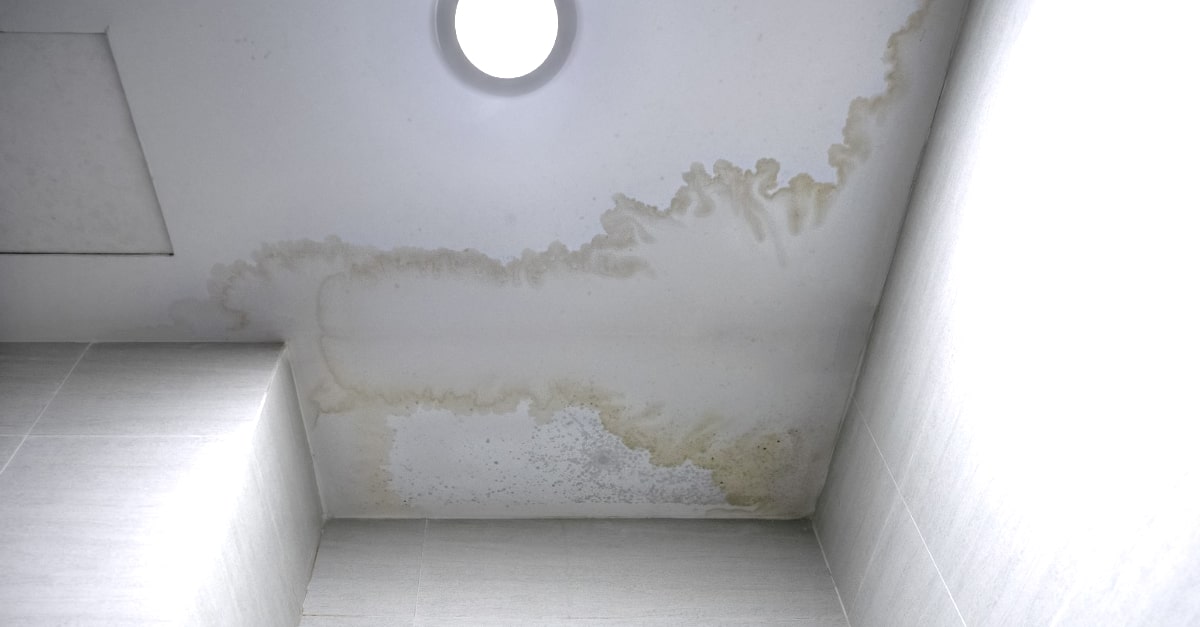Find The Factors Causing Water Seepage in The House
Find The Factors Causing Water Seepage in The House
Blog Article
In this article down the page you can discover some great content all about How Fast Water Damage Can Ruin Your Home.

Leakages not only cause waste of water but can additionally cause unnecessary damages to your residence and also advertise undesirable organic growth. By comprehending and looking for everyday scenarios that create leaks, you can secure your residence from future leakages and unneeded damages.
Intruding origins
Many water leakages begin outside the home instead than inside it. You may observe damp patches or sinkholes in your backyard, and that may indicate that tree roots are attacking water lines creating water to seep out.
Rusty water systems
This could be the reason of staining or bending on your water pipes. If our plumbing system is old, consider replacing the pipelines given that they are at a greater danger of deterioration than the newer designs.
Faulty Pipe Joints
Pipeline joints can weaken over time, resulting in water leaks. If you have loud pipes that make ticking or banging noises, especially when the hot water is transformed on, your pipe joints are probably under a lot of stress.
Immediate temperature modifications.
Severe temperature adjustments in our pipes can trigger them to expand as well as get unexpectedly. This growth and also contraction might trigger cracks in the pipelines, specifically if the temperature are listed below cold.
Poor Water Connectors
At times, a leakage can be caused by loosened hose pipes and also pipes that provide your home appliances. In instance of a water connections leakage, you may observe water running directly from the supply line or puddles around your devices.
Obstructed Drains
Obstructed drains pipes may be annoying as well as inconveniencing, but they can sometimes end up triggering an overflow bring about rupture pipes. Keep eliminating any products that may drop your drains that might clog them to prevent such troubles.
All the above are sources of leaks but not all water leaks arise from plumbing leakages; some leaks may originate from roof leakages. All leaks need to be fixed instantly to prevent water damages.
Leakages not just create waste of water but can also cause unneeded damages to your house and also promote unwanted organic growth. By understanding as well as looking for daily circumstances that create leaks, you can protect your residence from future leaks and also unnecessary damage. Today, we will certainly look at 6 leakage triggers that may be triggering your pipelines to drip.
At times, a leakage can be caused by loose pipes as well as pipelines that supply your devices. In situation of a water connections leak, you might notice water running directly from the supply line or pools around your devices.
How To Check For Water Leak In Your Home
How To Check for Leaks
The average household's leaks can account for nearly 10,000 gallons of water wasted every year and ten percent of homes have leaks that waste 90 gallons or more per day. Common types of leaks found in the home are worn toilet flappers, dripping faucets, and other leaking valves. These types of leaks are often easy to fix, requiring only a few tools and hardware that can pay for themselves in water savings. Fixing easily corrected household water leaks can save homeowners about 10 percent on their water bills.
To check for leaks in your home, you first need to determine whether you're wasting water and then identify the source of the leak. Here are some tips for finding leaks:
Take a look at your water usage during a colder month, such as January or February. If a family of four exceeds 12,000 gallons per month, there are serious leaks.
Check your water meter before and after a two-hour period when no water is being used. If the meter changes at all, you probably have a leak.
Identify toilet leaks by placing a drop of food coloring in the toilet tank. If any color shows up in the bowl after 10 minutes, you have a leak. (Be sure to flush immediately after the experiment to avoid staining the tank.)
Examine faucet gaskets and pipe fittings for any water on the outside of the pipe to check for surface leaks.
Undetected water leaks can happen without the home or business owner even realizing. If you suspect a water leak, but not able to find the source. It is time to contact a professional water leak detection service, The Leak Doctor.
How To Find a Water Leak In Your Home
https://www.leakdoctor.com/blog/How-To-Check-For-Water-Leak-In-Your-Home_AE197.html

We hope you enjoyed reading our part on How to detect water leaks in your home. Thank you so much for finding the time to read through our post. Sharing is nice. One never knows, you might be helping someone out. I cherish reading our article about How to Find Water Leaks.
Pro service? Ring! Report this page